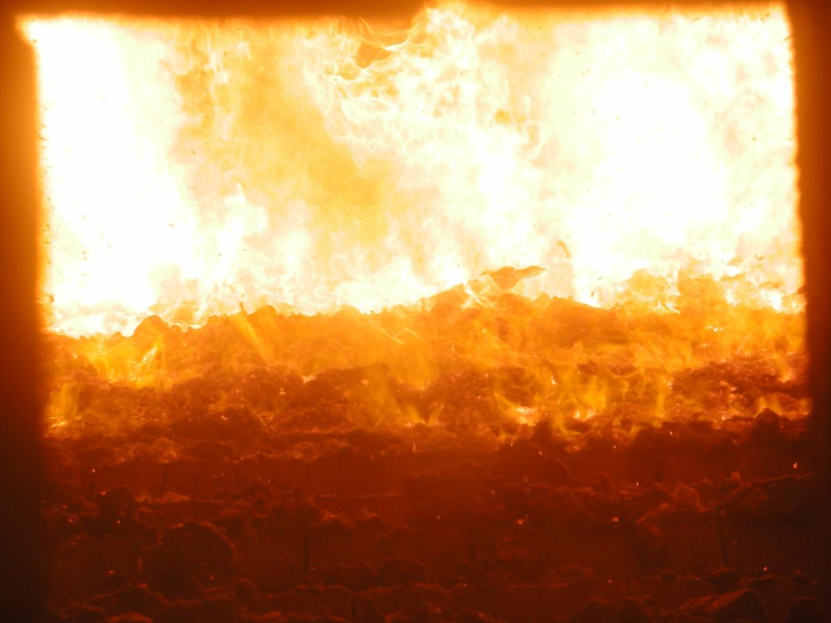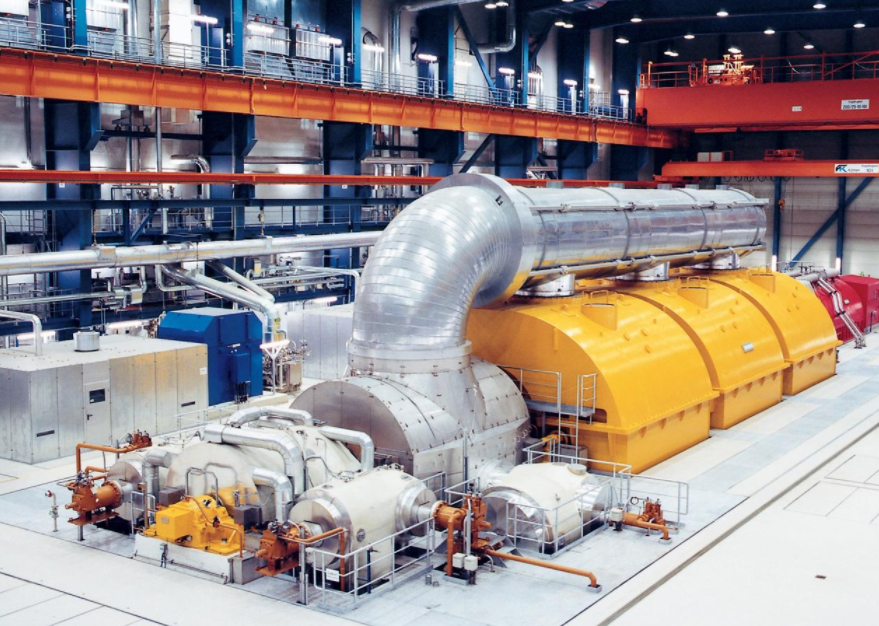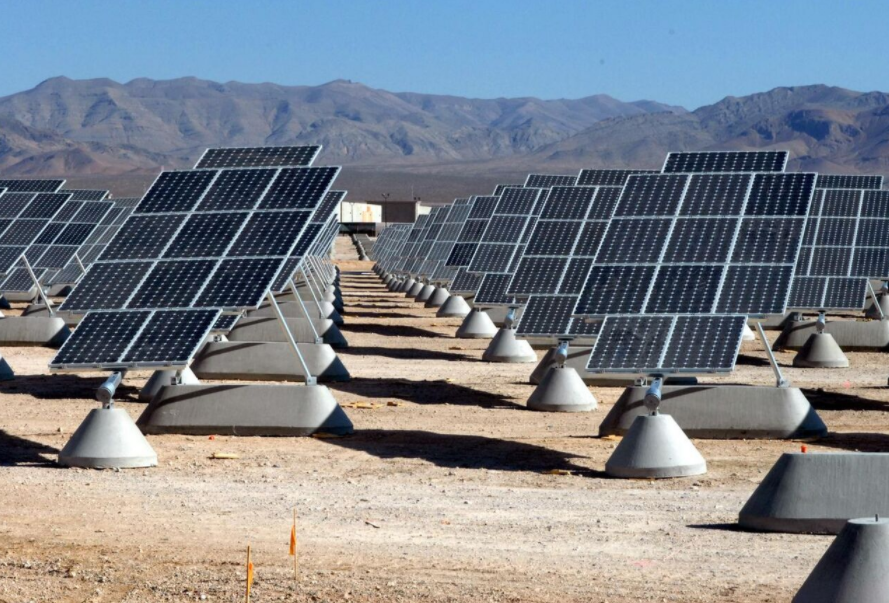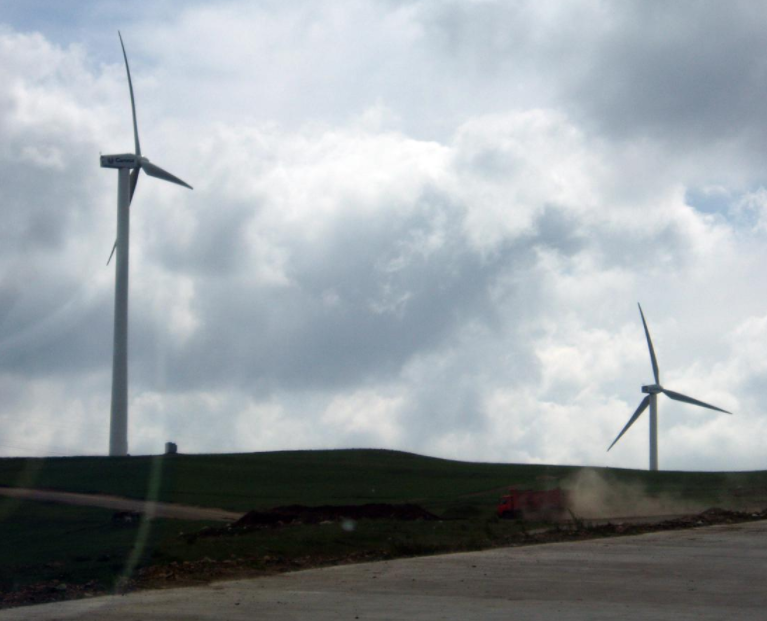
| Version | Summary | Created by | Modification | Content Size | Created at | Operation |
|---|---|---|---|---|---|---|
| 1 | Vivi Li | -- | 1491 | 2022-11-11 01:43:23 |
Video Upload Options
Energy technology is an interdisciplinary engineering science having to do with the efficient, safe, environmentally friendly, and economical extraction, conversion, transportation, storage, and use of energy, targeted towards yielding high efficiency whilst skirting side effects on humans, nature, and the environment. For people, energy is an overwhelming need, and as a scarce resource, it has been an underlying cause of political conflicts and wars. The gathering and use of energy resources can be harmful to local ecosystems and may have global outcomes. Energy is also the capacity to do work. We can get energy from food. Energy can be of different forms such as kinetic, potential, mechanical, heat, light etc. Energy is required for individuals and the whole society for lighting, heating, cooking, running, industries, operating transportation and so forth. Basically there are two types of energy depending on the source s they are; 1.Renewable Energy Sources 2.Non-Renewable Energy Sources
1. Interdisciplinary Fields
As an interdisciplinary science Energy technology is linked with many interdisciplinary fields in sundry, overlapping ways.
- Physics, for thermodynamics and nuclear physics
- Chemistry for fuel, combustion, air pollution, flue gas, battery technology and fuel cells.
- Electrical engineering
- Engineering, often for fluid energy machines such as combustion engines, turbines, pumps and compressors.
- Geography, for geothermal energy and exploration for resources.
- Mining, for petrochemical and fossil fuels.
- Agriculture and forestry, for sources of renewable energy.
- Meteorology for wind and solar energy.
- Water and Waterways, for hydropower.
- Waste management, for environmental impact.
- Transportation, for energy-saving transportation systems.
- Environmental studies, for studying the effect of energy use and production on the environment, nature and climate change.
- (Lighting Technology), for Interior and Exterior Natural as well as Artificial Lighting Design, Installations, and Energy Savings
- (Energy Cost/Benefit Analysis), for Simple Payback and Life Cycle Costing of Energy Efficiency/Conservation Measures Recommended
2. Electrical Engineering

Electric power engineering deals with the production and use of electrical energy, which can entail the study of machines such as generators, electric motors and transformers. Infrastructure involves substations and transformer stations, power lines and electrical cable. Load management and power management over networks have meaningful sway on overall energy efficiency. Electric heating is also widely used and researched.
3. Thermodynamics
Thermodynamics deals with the fundamental laws of energy conversion and is drawn from theoretical Physics.
4. Thermal and Chemical Energy

Thermal and chemical energy are intertwined with chemistry and environmental studies. Combustion has to do with burners and chemical engines of all kinds, grates and incinerators along with their energy efficiency, pollution and operational safety.
Exhaust gas purification technology aims to lessen air pollution through sundry mechanical, thermal and chemical cleaning methods. Emission control technology is a field of process and chemical engineering. Boiler technology deals with the design, construction and operation of steam boilers and turbines (also used in nuclear power generation, see below), drawn from applied mechanics and materials engineering.
Energy conversion has to do with internal combustion engines, turbines, pumps, fans and so on, which are used for transportation, mechanical energy and power generation. High thermal and mechanical loads bring about operational safety worries which are dealt with through many branches of applied engineering science.
5. Nuclear Energy

Nuclear technology deals with nuclear power production from nuclear reactors, along with the processing of nuclear fuel and disposal of radioactive waste, drawing from applied nuclear physics, nuclear chemistry and radiation science.
Nuclear power generation has been politically controversial in many countries for several decades but the electrical energy produced through nuclear fission is of worldwide importance.[1] There are high hopes that fusion technologies will one day replace most fission reactors but this is still a research area of nuclear physics.
6. Renewable Energy

Renewable energy has many branches.
6.1. Solar Power
- Photovoltaic power draws electricity from solar radiation through solar cells, either locally or in large photovoltaic power plants and uses semiconductor technology.
- Solar heating uses solar panels which gather heat from sunlight to heat buildings and water.
- Solar thermal power produces electricity by converting solar heat.
6.2. Wind Power

Wind turbines convert wind energy into electricity by connecting a spinning rotor to a generator. Wind turbines draw energy from atmospheric currents and are designed using aerodynamics along with knowledge taken from mechanical and electrical engineering. The wind passes across the aerodynamic rotor blades, creating an area of higher pressure and an area of lower pressure on either side of the blade. The forces of lift and drag are formed due to the difference in air pressure. The lift force is stronger than the drag force; therefore the rotor, which is connected to a generator, spins. The energy is then created due to the change from the aerodynamic force to the rotation of the generator. [2]
Being recognized as one of the most efficient renewable energy sources, wind power is becoming more and more relevant and used in the world.[3] Wind power does not use any water in the production of energy making it a good source of energy for areas without much water. Wind energy could also be produced even if the climate changes in line with current predictions, as it relies solely on wind. [4]
6.3. Geothermal
Deep within the Earth, is an extreme heat producing layer of molten rock called magma.[5] The very high temperatures from the magma heats nearby groundwater. There are various technologies that have been developed in order to benefit from such heat, such as using different types of power plants (dry, flash or binary), heat pumps, or wells.[6] These processes of harnessing the heat incorporate an infrastructure which has in one form or another a turbine which is spun by either the hot water or the steam produced by it.[7] The spinning turbine, being connected to a generator, produces energy. A more recent innovation involves the use of shallow closed-loop systems that pump heat to and from structures by taking advantage of the constant temperature of soil around 10 feet deep.[8]
6.4. Hydropower

Hydropower draws mechanical energy from rivers, ocean waves and tides. Civil engineering is used to study and build dams, tunnels, waterways and manage coastal resources through hydrology and geology. A low speed water turbine spun by flowing water can power an electrical generator to produce electricity.
6.5. Bioenergy
Bioenergy deals with the gathering, processing and use of biomasses grown in biological manufacturing, agriculture and forestry from which power plants can draw burning fuel. Ethanol, methanol (both controversial) or hydrogen for fuel cells can be had from these technologies and used to generate electricity.
6.6. Enabling Technologies
Heat pumps and Thermal energy storage are classes of technologies that can enable the utilization of renewable energy sources that would otherwise be inaccessible due to a temperature that is too low for utilization or a time lag between when the energy is available and when it is needed. While enhancing the temperature of available renewable thermal energy, heat pumps have the additional property of leveraging electrical power (or in some cases mechanical or thermal power) by using it to extract additional energy from a low quality source (such as seawater, lake water, the ground, the air, or waste heat from a process).
Thermal storage technologies allow heat or cold to be stored for periods of time ranging from hours or overnight to interseasonal, and can involve storage of sensible energy (i.e. by changing the temperature of a medium) or latent energy (i.e. through phase changes of a medium, such between water and slush or ice). Short-term thermal storages can be used for peak-shaving in district heating or electrical distribution systems. Kinds of renewable or alternative energy sources that can be enabled include natural energy (e.g. collected via solar-thermal collectors, or dry cooling towers used to collect winter's cold), waste energy (e.g. from HVAC equipment, industrial processes or power plants), or surplus energy (e.g. as seasonally from hydropower projects or intermittently from wind farms). The Drake Landing Solar Community (Alberta, Canada) is illustrative. borehole thermal energy storage allows the community to get 97% of its year-round heat from solar collectors on the garage roofs, which most of the heat collected in summer.[9][10] Types of storages for sensible energy include insulated tanks, borehole clusters in substrates ranging from gravel to bedrock, deep aquifers, or shallow lined pits that are insulated on top. Some types of storage are capable of storing heat or cold between opposing seasons (particularly if very large), and some storage applications require inclusion of a heat pump. Latent heat is typically stored in ice tanks or what are called phase-change materials (PCMs).
References
- "The West’s Nuclear Mistake". https://www.msn.com/en-us/news/world/the-west-s-nuclear-mistake/ar-AARBhm0?ocid=entnewsntp&pc=U531.
- "How Do Wind Turbines Work?" (in en). https://www.energy.gov/eere/wind/how-do-wind-turbines-work.
- "BiblioBoard". https://openresearchlibrary.org/viewer/2071c2d6-8295-4005-ac8f-eba500a6b311/44.
- Ledec, George C.; Rapp, Kennan W.; Aiello, Roberto G. (2011-12-01) (in en). Greening the Wind : Environmental and Social Considerations for Wind Power Development. http://hdl.handle.net/10986/2388.
- "How Geothermal Energy Works | Union of Concerned Scientists" (in en). https://www.ucsusa.org/resources/how-geothermal-energy-works.
- Society, National Geographic (2012-11-20). "Geothermal Energy" (in en). http://www.nationalgeographic.org/encyclopedia/geothermal-energy/.
- US EPA, OAR. "Geothermal Energy" (in en). https://archive.epa.gov/climatechange/kids/solutions/technologies/geothermal.html.
- "Where is Geothermal Energy Used?" (in en-US). https://www.greenfireenergy.com/where-is-geothermal-energy-used/.
- Wong, Bill (June 28, 2011), "Drake Landing Solar Community" , IDEA/CDEA District Energy/CHP 2011 Conference, Toronto, pp. 1–30, retrieved 21 April 2013 http://www.districtenergy.org/assets/pdfs/2011Annual_Conf/Proceedings/A24WONG-v03.pdf
- Wong B., Thornton J. (2013). Integrating Solar & Heat Pumps. Renewable Heat Workshop. http://www.geo-exchange.ca/en/UserAttachments/flex1304_5-%20SAIC-%20Bill%20Wong%202013%20-%20Integrating%20Solar%20and%20Heat%20Pumps.pdf




